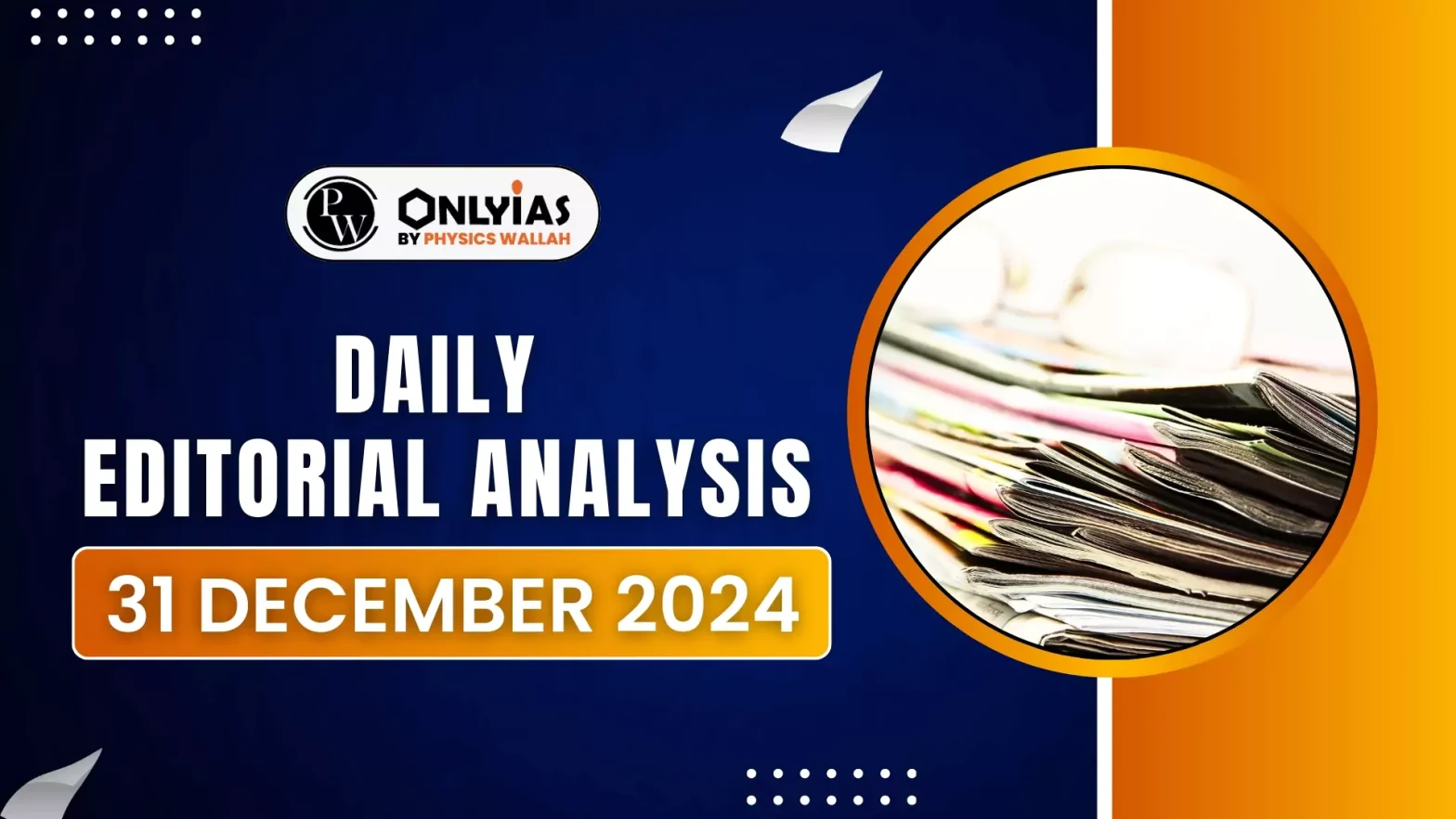The Indian rupee hit an all-time low of 85 to the U.S. dollar on December 19.
- Despite intervention by the Reserve Bank of India (RBI) to stabilize the currency, the rupee came close to reaching the 86-mark before the central bank managed to pull it back to 85.53.
- The RBI has actively participated in the foreign exchange market to ensure what it describes as an ‘orderly’ exchange movement.
Factors Behind the Rupee’s Decline
Several factors have contributed to the rupee’s depreciation:
- Foreign Portfolio Investment(FPI) Outflows: Sustained outflows from foreign portfolio investments, following the peak of key stock indices in late September, have put pressure on the rupee.
- Overstretched Stock Valuations and Weak Corporate Performance during the July-September quarter have discouraged investments in India.
- China’s Economic Stimulus: China’s economic policies have also attracted emerging market portfolios away from India.
- Trump Factor: The strengthening of the U.S. dollar, following Donald Trump’s election victory, has further rattled emerging market currencies.
- Trump’s protectionist stance, including the threat of a 100% tariff on BRICS nations for their common currency plan, has added to the uncertainty.
Check Out UPSC Modules From PW Store
Economic Concerns
- Trade Deficits: India’s trade balance is another challenge for the rupee. The country is experiencing record trade deficits, with import bills continuing to rise. This is expected to contribute to a significant increase in the current account deficit, which could double from around 1.2% of GDP in the second quarter.
- Risks from a Falling Rupee: While a weaker rupee can benefit exporters, India faces risks such as imported inflation, particularly for inelastic goods like edible oil and crude petroleum.
- Limited Forex Reserves: The RBI’s ability to manage the rupee’s trajectory using forex reserves is also limited, with the Finance Ministry acknowledging that recent exchange rate movements have constrained the flexibility of monetary policy.
- Domestic Economic Drivers: Faltering consumption and hesitant investments are internal drivers of economic instability.
- With the rupee under pressure, India’s external resilience may be tested further in 2025, necessitating careful management of these risks.
Conclusion
As India faces a difficult economic landscape with a weakening rupee, policymakers must remain vigilant. They need to address both external risks, such as global market conditions and foreign investment uncertainties, as well as domestic issues, including weak consumption and investment growth. Effective management of these challenges will be crucial to safeguarding India’s economic stability in the coming years.
![]() 31 Dec 2024
31 Dec 2024

